KUALA LUMPUR, Nov 14 – Behold, it’s the season for hairy crabs again!
Now is the perfect time to indulge in that once-a-year delicacy. Hairy crabs are in season during the ninth and tenth lunar months, which corresponds to late September till early December most years.
Known as dàzhá xiè in Mandarin, the best hairy crabs are acknowledged to hail from Yangcheng Lake in China’s Jiangsu Province. Most experts assert that it’s the unique quality of the waters there that results in the velvety texture of the crab fat.
Whatever the reason, the hairy crab does indeed have an exceptional flavour, delicately sweet, making it the most highly sought after seafood in the year.
No wonder autumn is such a long-awaited season for the discerning gourmand.
Many Chinese restaurants are now offering hairy crab promotions with different ways to enjoy this delicacy. From steamed Shanghainese dumplings filled with hairy crab roe to a platter of ever-reliable fried rice, albeit gussied up with hairy crab meat and roe, the sky seems to be the limit for ambitious chefs eager to demonstrate their inventiveness.
Such extravagant preparations aside, honestly the best way to eat hairy crab is to have it simply steamed. As is, with only a saucer of ginger and rice vinegar for dipping. Truly nothing more is needed.
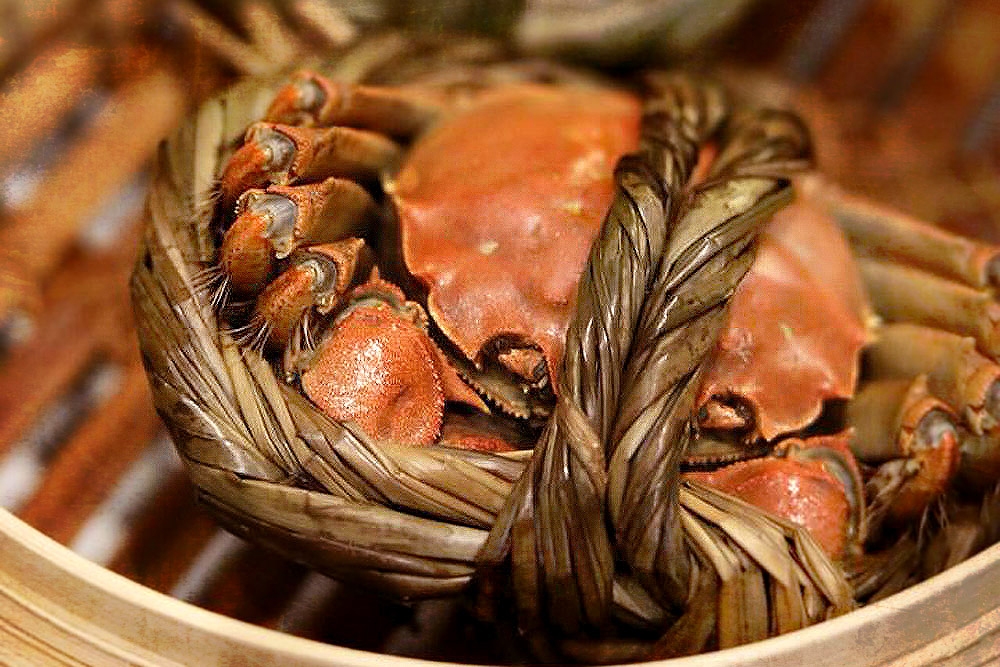
Some restaurants go to the extent of bringing a bamboo steamer of your hairy crabs to your table. Tied in twine, these are proudly showcased before they are steamed, perhaps to show only the freshest specimens are used.
The more curious amongst diners would make a game of guessing the sex of the hairy crabs. Both male and female hairy crabs have fine "fur” on their claws, which is why they are also called Chinese mitten crabs.
So that’s not helpful.
Instead, the tried-and-true method is by flipping each one over and studying the shape of its flap underneath. Circular flaps (also known as "aprons”) indicate a female; the triangular ones belong to male crabs.
Consider this a twisted gender reveal party that ends in a decadent feast. (Given Halloween was just a couple of weeks ago, a little macabre, no?)
If by chance you happen to be invited inside the kitchen, you might observe that the hairy crabs are steamed upside down. You might wonder if this might be for a similar reason the Chinese character 福 (fú), which meaning "fortune”, is displayed upside down.
In Mandarin, "upside down” or 倒 (dào) is a homophone for "to arrive” or 到 (also pronounced dào). Therefore the upside down character now means "good fortune arrives”, something every household desires.
But no, there is a less esoteric rationale behind this cooking technique: it’s solely to prevent the precious crab roe from spilling out during the steaming process!
It’s worth noting here that both the female and male hairy crabs have roe. If you are puzzled, let me explain: dry, reddish roe from a female crab are indeed the eggs; the wetter, more yellowish roe of the male crab is, in fact, its sperm.
Can’t decide which to have? Neither is better than the other; both have their own following. The sensible and most common practice is to order one of each gender, male and female, for a balanced meal.
Some say size matters, the bigger the better. True hairy crab aficionados would be more measured in their estimations, however: the rule of thumb suggests that the smaller crabs have richer fat whilst the larger ones have more succulent meat.
To each their own, really. And in all things, balance.
One is reminded of the best roast meats – the more seasoned amongst us ask for poon fei sau ("half fat, half lean” in Cantonese) when we order our cha siu and siu yoke.
Others would tell you that it can be an ordeal in itself to even eat the actual crab. From battle-worthy scissors to a slender pick, one has to be armed with the right tools to begin deconstructing the tiny terror without creating a mess of oneself.
To them, I reply: This is that one time in your life (or your calendar, if you count down each passing month till the advent of the hairy crab season) when you are allowed to be lazy.
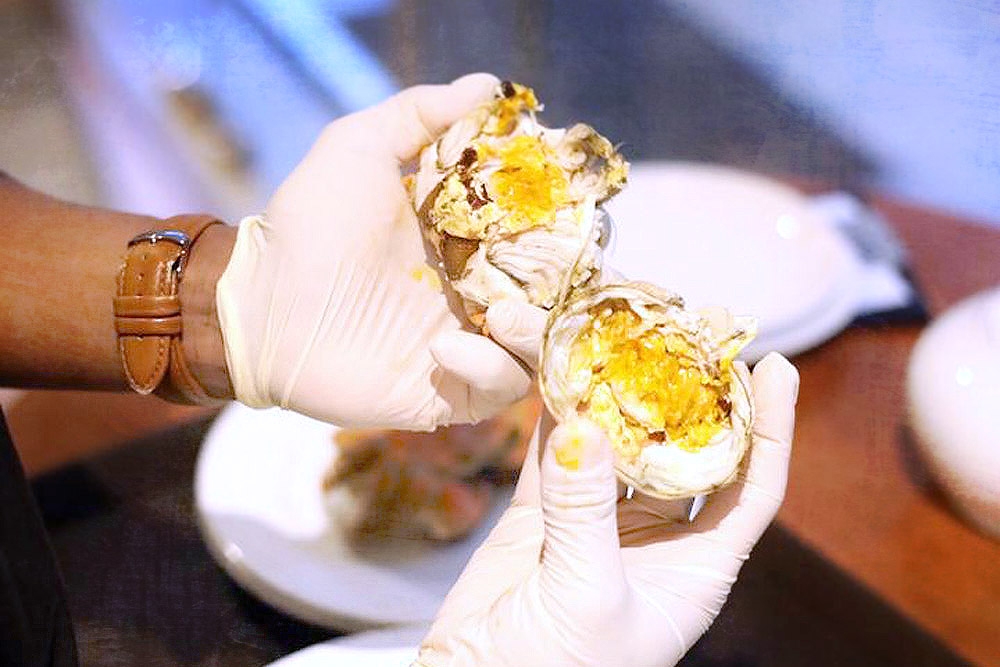
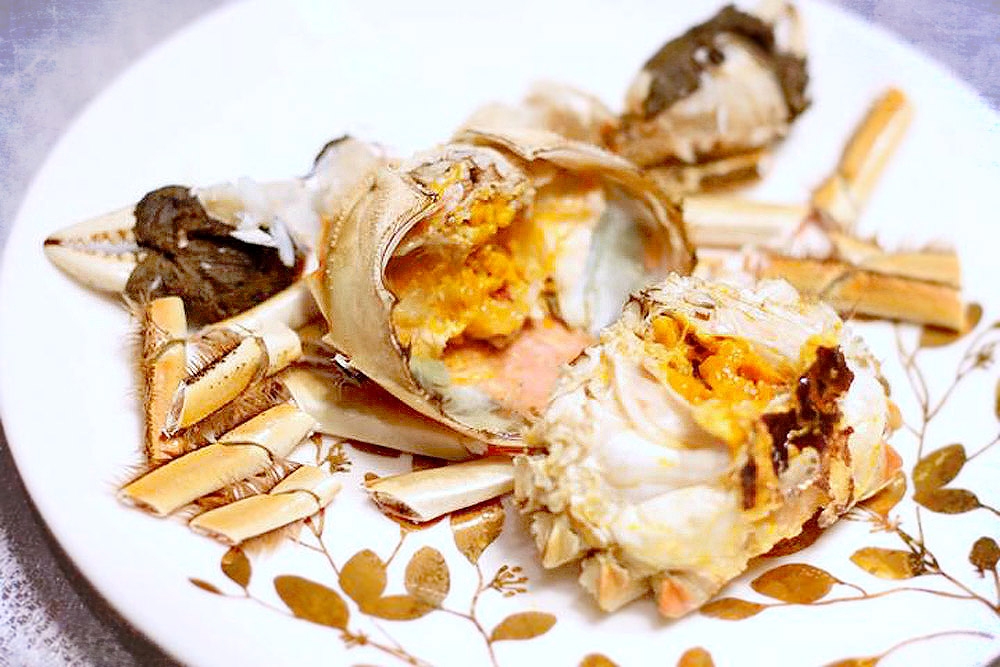
Indeed, it’s not indolence when most restaurants already make it a policy to disassemble the crab for you, skilfully breaking it down to its individual parts.
Nothing as basic as merely cracking the shell; you’d find even the legs and pincers only require a quick pull to release the nuggets of hidden flesh. Now that’s what I call service.
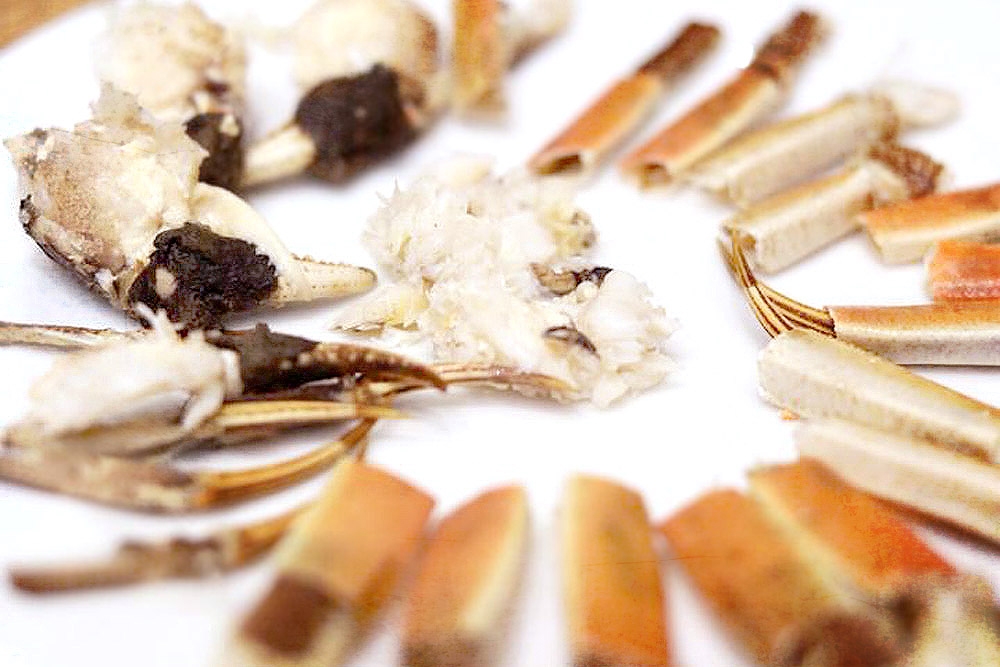
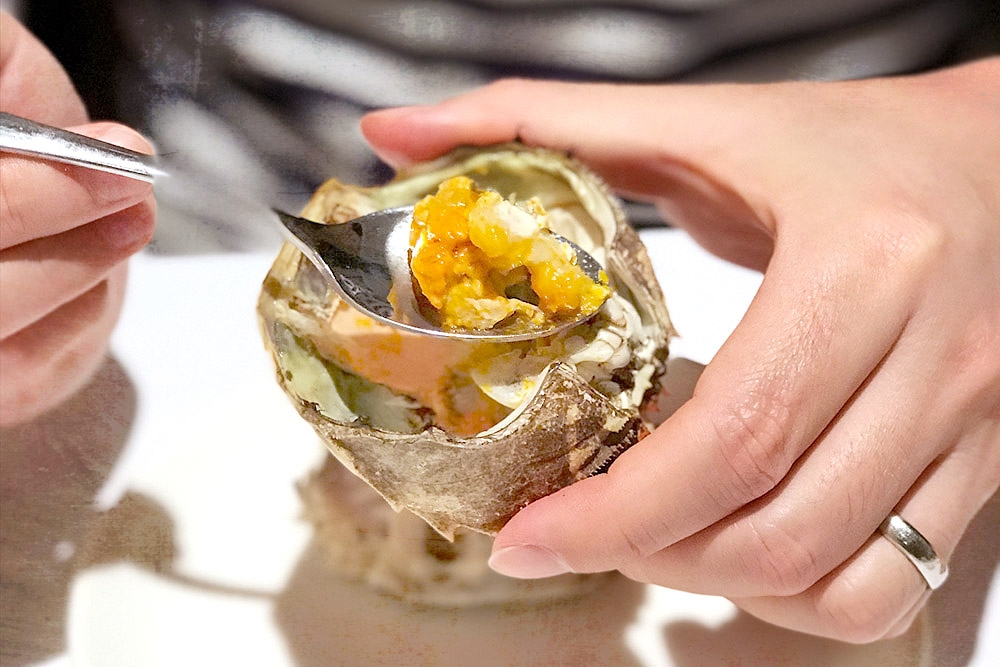
Whether you go after it on your own or rely on the help of a professional, hopefully the reward remains the same: naturally sweet meat and buttery, ambrosial roe.
Diners often opt to pair their hairy crabs with Chinese yellow wines such as Shaoxing or even a chilled glass of champagne. Restaurants who know their stuff will remember to offer guests a pot of hot ginger tea to warm oneself (or raise one’s yáng energy) as hairy crabs are believed to have a cooling effect (yīn).
Again, it’s all about balance.
As with many farming practices nowadays, the harvesting of hairy crabs is subject to climate change. Some years when rainfall is especially heavy, the market supply dwindles dramatically, causing prices to soar.
No one knows how sustainable this will be in the long run. Whether there might come a day when hairy crabs go beyond being a luxury and become rarer than rubies.
For now, it is enough for fans of hairy crabs to partake of its sweet flesh and rich roe, enjoying every morsel while they still can.
For more slice-of-life stories, visit lifeforbeginners.com.
* Follow us on Instagram @eatdrinkmm for more food gems






















